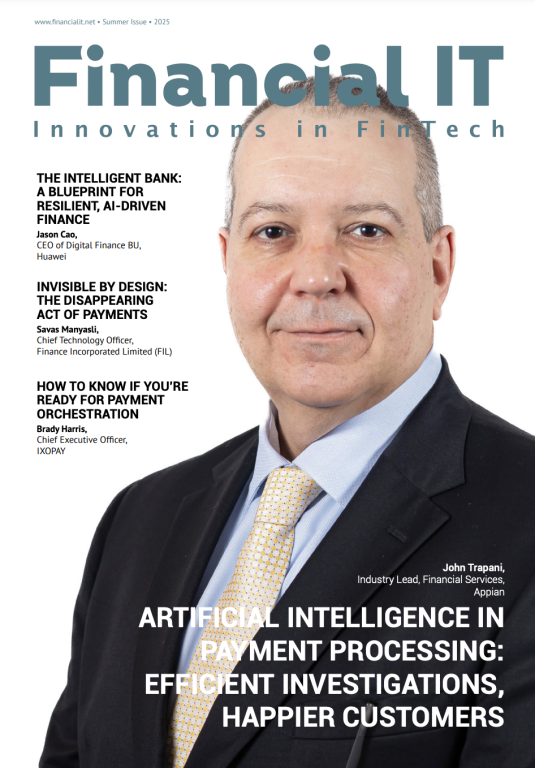Published
- 07:00 am
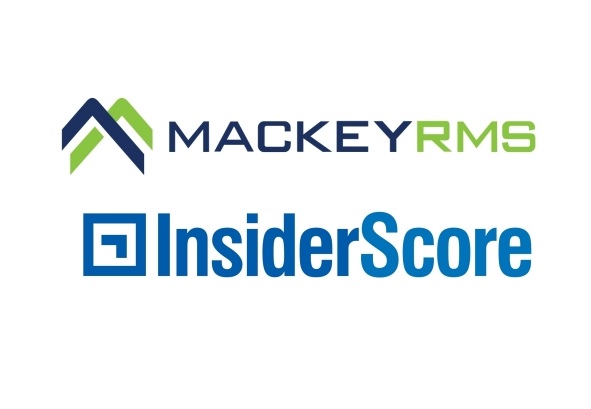
MackeyRMS, a provider of SaaS-based research management software (RMS), and InsiderScore, a provider of actionable data and analytics on publicly traded U.S. companies, today announced the release of its natural language processing engine, NLP 2.0, for the MackeyRMS platform.
Mackey’s second-generation NLP engine was developed to deliver improved workflow efficiency and idea generation for investment analysts and portfolio managers working in the Mackey research management platform. NLP 2.0 gives investment teams the ability to identify, share, and act on investment insights within their research dataset more quickly and effectively.
“The active investor’s mandate to identify alpha-generating ideas is more urgent and more challenging than ever,” said Will Keuper, VP and head of product at MackeyRMS. “Never has their ability to differentiate from peers and outperform the market been more dependent on new and innovative technologies that automate traditionally manual processes. With the release of NLP 2.0, we’re delivering powerful new capabilities that enable our clients to see more insights, save more time, and do more of what they do best — make better investment decisions.”
With the roll out of NLP 2.0, users on the MackeyRMS platform are automatically recommended relevant insights within their research database. Users can also manipulate full datasets by relevance and proprietary metadata in real time across both their proprietary intellectual property in the RMS and external investment data sources.
MackeyRMS NLP 2.0 feature highlights:
- Contextual Search scans the entire historical dataset to deliver associated keywords, topics, and content suggestions based on the search query.
- Saliency Scores sort search returns by relevancy based on NLP-calculated scores for keywords found in each piece of content.
- Smart Summaries enable users to instantly create short summaries of search returns to quickly identify which is most actionable.
- Idea Visualization gives users the ability to organize and visualize their most relevant proprietary content and overlay external data sources to see correlations across datasets.
“Artificial intelligence and NLP have the power to transform research workflows for the active investor in the months and years ahead,” added Keuper. “In fact, in a recent survey we conducted, 72 percent of investment professionals told us that these technologies would soon deliver investment organizations a unique set of investment signals based on their fundamental research content. We’re excited about that potential and are delighted to be working with clients to deliver on that capability.”
To read more about other technology-driven predictions and research management modernization trends across the asset management industry, please download the MackeyRMS and InsiderScore 2021 Investor Survey:Research Management Trends in the Year of a Pandemic.
Related News

- Product Reviews
- 17.05.2021 05:00 pm
- #DataProtection
ABOUT NAKIVO
NAKIVO is a US-based corporation dedicated to delivering the ultimate backup and site recovery solution. With 21 consecutive quarters of double-digit growth, 5-star online community reviews, 98% customer satisfaction with support, and more than 18,000 paid customers worldwide, NAKIVO provides an unprecedented level of protection for virtual, physical, cloud and SaaS environments. As one of the fastest-growing data protection software vendors in the industry, NAKIVO provides a data protection solution for major companies such as Coca-Cola, Honda, Siemens and SpaceX, in addition to working with over 6,000 channel partners in 140 countries worldwide.
1.What does the product do?
NAKIVO Backup & Replication is a backup and disaster recovery solution for physical, virtual and SaaS environments. The solution delivers a rich set of features to improve data protection, boost performance and optimise storage space requirements. NAKIVO Backup & Replication allows organisations to perform backups to implement the 3-2-1 backup strategy. The solution can send backups to local storage, NFS/CIFS shares, public clouds (Amazon S3, Wasabi, Azure) and tape. NAKIVO Backup & Replication also allows data tiering automation between the different types of storage with Job Chaining. For instance, customers can set up a series of jobs to save daily backups locally, send weekly backups to a secondary storage and send monthly backups to Amazon S3. The solution also provides multiple recovery options to be used in different data loss scenarios: granular recovery of files and app objects, instant VM recovery, P2V recovery, cross-platform recovery and disaster recovery (failover/failback).
2.Who needs the product?
NAKIVO Backup & Replication is designed for both SMBs and enterprises. Depending on an organisation’s needs and budget, a choice of different editions and licensing models is available. The solution is the perfect fit for organisations with virtual, physical, cloud or SaaS IT infrastructures looking for a reliable and cost-effective data protection solution. In addition, the solution can be deployed in multi-tenant mode by MSPs to enable the delivery of backup as a service (BaaS), recovery as a service (RaaS) and disaster recovery as a service (DRaaS) to SMBs, whether as fully managed or co-managed services. In a co-managed model, MSPs can grant clients permissions to perform their own backup and recovery activities without having access to the environments of other clients.
3.What features are relevant?
4.Who is the competition?
NAKIVO’s competitors are Altaro, Veritas, COMMVAULT, Veeam, Acronis, Unitrends, Vembu, Cohesity and Rubrik. The main 3 advantages of NAKIVO Backup & Replication over the competitors are rich feature set, user-friendliness and affordability.
5.What are some real case examples?
NAKIVO Backup & Replication has over 18,000 paid customers across EMEA, Americas, and Asia. Hence, NAKIVO has numerous case scenarios. NAKIVO’s latest case is Orange Coast Title Company OCT), a real estate enterprise from Southern California. OCT uses NAKIVO Backup & Replication to protect their 20 physical servers, 150 VMware VMs and 1,000 Exchange Online mailboxes in Microsoft 365. Here is what Cameron Rezvani, Senior Systems Engineer at Orange Coast Title Company, says about using the product: “NAKIVO Backup & Replication saved us a significant amount of time and money. NAKIVO Backup & Replication provided us with ease-of-use and peace of mind for our business.”
Other Product Reviews

Adam Philpott
EMEA President at McAfee
What consumer attitudes have changed during the pandemic when it comes to banking? see more

- Product Reviews
- 17.05.2021 04:31 pm
Smart infrastructure is all around us–think Google Nest, Ring, etc. What these have in common is an intelligent cloud-based control plane, managing IoT endpoints to deliver benefits like remote management, automatic updates and simple automation for everyday life. Nebulon applies smart infrastructure technology to application infrastructure, effectively bringing public cloud benefits on-premises.
The benefits of Nebulon smartInfrastructure come in four areas. First, application owners (non-IT experts) can quickly provision on-premises application infrastructure for rapid time-to-value. Second, operational overhead is reduced by up to 75% with cloud-like operations that delivers remote management, scaling to 1000s of nodes, automated software updates, and global infrastructure insights. Third, smartInfrastructure supports any application (containerised, virtualised, or bare metal) with its server-based data plane that doesn’t use server resources. And finally, these benefits come with up to 50% lower cost and better data centre density than existing approaches.
smartInfrastructure is server-embedded, infrastructure software delivered as-a-service, and is available directly from several major server vendors as a part of their volume server offering.
• Who needs the product?
Many companies have a cloud-first strategy, but have workloads that remain on-premises for cost, service level or compliance reasons. A recent IDC study indicated 4 out of 5 companies have recently re-patriated workloads from the cloud back on-premises. For organisations who desire the benefits of public cloud for applications that MUST stay on-premises, smartInfrastructure is an ideal alternative.
• What features are relevant?
smartInfrastructure has two parts. The first is infrastructure software delivered as-a-service from the cloud, called Nebulon ON. The software delivers application infrastructure provisioning and management and includes at its foundation, enterprise-class shared and local data services, called NebOS. The second part is a Services Processing Unit (SPU), which is a server-embedded PCIe card that controls the server’s internal SSD’s. The SPUs running NebOS are clustered together for scalability and resilience, and supply the OS and data storage for the servers in a separate fault domain.
• Who is the competition?
Nebulon smartInfrastructure replaces 3-tier and hyperconverged infrastructure (HCI). In 3-tier architectures, provisioning is slow because external storage is not native to the application server, is complex to manage and automate, and involves multiple teams. HCI uses software-defined storage which, unlike smartInfrastructure, consumes 25% of the server’s resources, forcing customers to purchase 33% more servers than they would with Nebulon. Requiring a hypervisor, HCI has no support for bare metal applications and native container solutions.
• What are some real case examples?
One leading auto manufacturer is deploying an on-premises hyperscale cloud. Choosing Nebulon gave them significant cost savings and at-scale automation, which were not possible with traditional infrastructure approaches.
DCI, a UK-based service provider, builds 5G-enabled edge data centres in shipping crates using liquid immersion cooling. They chose Nebulon to remotely manage multiple sites, reconfigure workloads, and maintain service levels without needing onsite resources to drain coolant for maintenance.
Another UK-based service provider, focused on a carbon-neutral approach to IT services, adopted Nebulon smartInfrastructure for their data that they are repatriating back on-premises to lower costs. With Nebulon they can retain the public cloud experience for their on-premises application infrastructure.
|
Other Product Reviews
- 07:00 am
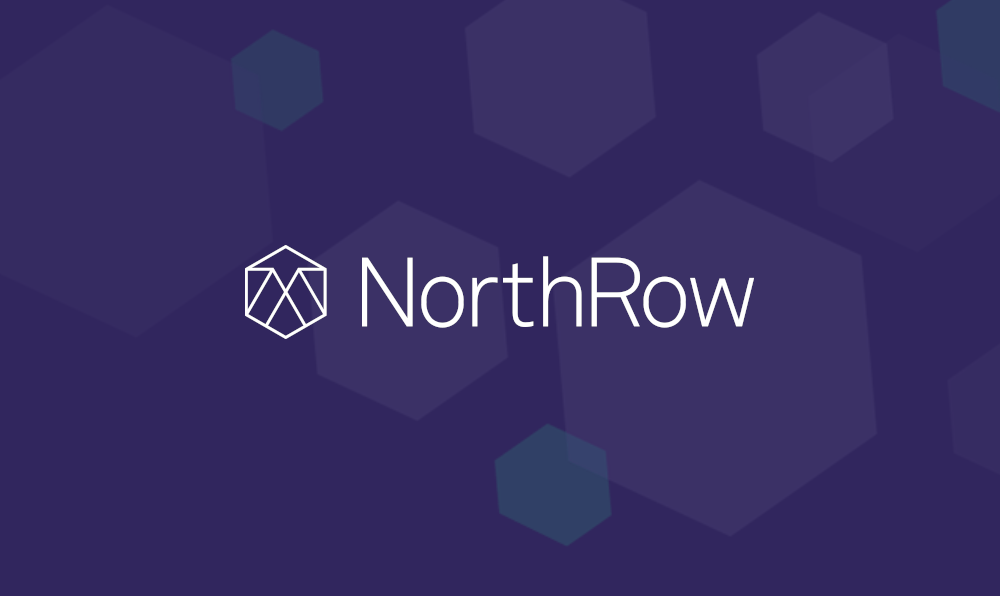
More than half of compliance professionals say digital transformation of the customer due diligence process will have the biggest impact on their risk organisation over the next 12 months, according to a new poll from digital compliance specialist NorthRow.
The poll of compliance leaders also found that 63 percent do not measure or analyse their ‘ambers’ – clients that generate an ambiguous risk result during onboarding that requires further investigation – in their client onboarding or refresh cycles.
With some 90 percent of compliance costs sitting in just 10 percent of these cases, close monitoring and management of ambers is critical to compliance and risk reduction efforts, but many compliance professionals are still not doing enough to tackle this issue.
The challenge of not knowing how many ‘amber’ cases you have at any one point can have a significant impact on operational efficiencies. Often manual intervention, which requires additional headcount and internal resources, is needed – creating more friction for customers.
NorthRow’s polling also revealed that 40 percent of respondents view amber management as a compliance issue and not a wider business issue. In fact, only 27 percent see it as a first line of defence issue, with 33 percent seeing it as a problem for their clients.
However, the impact of poor amber management crosses much of the business if it is allowed to continue, including knock-on effects to commercial success as well as the entire sales, provisioning and customer retention functions. Few seem to appreciate this.
A large proportion of cases identified as ambers will eventually be onboarded or retained, but the longer a business takes to onboard a client, the longer the time to revenue and the higher the risk of customer attrition. In a highly competitive market, these are inefficiencies that can make or break businesses.
Adam Holden, NorthRow CEO, said: “Managing your ambers is key to moving beyond simply knowing your customers towards truly understanding your customers. Imagine a world where you could use a tool to identify exactly where all your compliance cases sit in the process of onboarding and ongoing monitoring. Imagine a world where ever-increasing compliance costs and lengthy remediation projects are no longer required as you can manage and predict future trends. That world is not a fantasy, but a reality today.
“Compliance teams clearly recognise the potential of technology to transform their risk organisations. By adopting the right digital solution, capable of managing, tracking and converting ambers they can bring real operational gains, improve risk processes, and ultimately create a competitive advantage for their organisations.”
If you would like to learn more about amber management and using this approach within your organisation then get in touch with the NorthRow team.
Related News
- 07:00 am

In light of the news that England enters step three today, pubs and restaurants will be able to open indoors, and groups of six people or two households will be able to mix indoors. With this in mind, Angus Burrell SVP Retail at global payments service provider, emerchantpay, predicts that both in-store and online sales will see a significant increase.
He advises that businesses and payment providers should focus on optimising their payment methods to drive omnichannel customer experiences:
“Ensuring an intuitive and safe shopping experience for people has never been more critical as many will have reservations about visiting physical stores. Retail businesses should be offering in-store payment options that facilitate safe and secure transactions. Here at emerchantpay, we’ve seen a 175% increase in merchants looking to provide an optimised and safe in-store payment journey to their customers in preparation for the reopening of physical retail. Being ready to accept contactless payments up to £100 and enabling seamless returns and refunds are also crucial factors.”
Related News
- 04:00 am
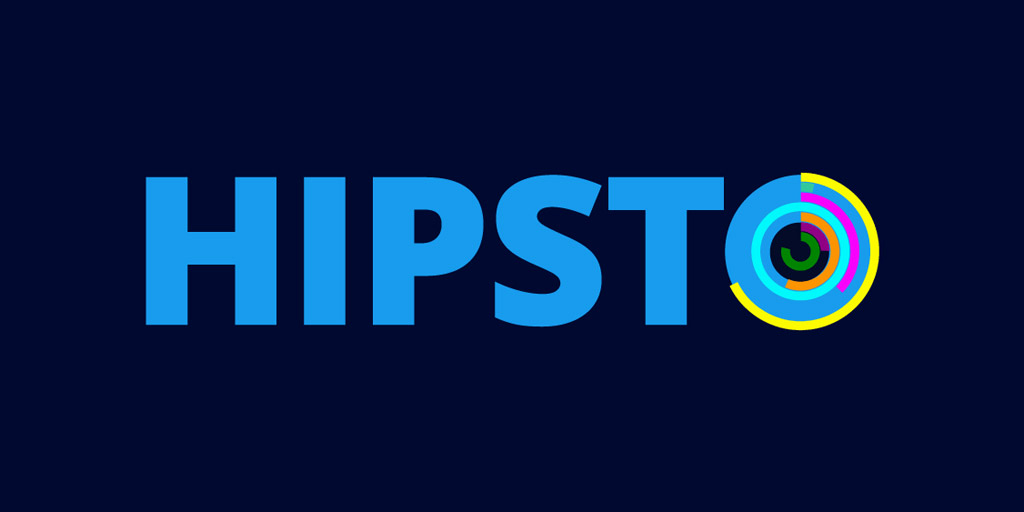
HIPSTO today announced the launch of its Advanced Reddit Monitoring Dataset in response to the unprecedented trading activities of the subreddit, WallStreetBets. The Package is powered by HIPSTO’s proprietary FalconV™ AI technology, and is intended to provide the ultimate risk management tool to an investment community previously unable to effectively monitor the conversations and trading signals in social groups of this type.
The advanced solution actively monitors - in 100+ languages – what is being said about listed securities on all of the major global exchanges, including: stocks, ADRs, ETFs and SPACs. Featuring: high-accuracy ticker mapping, multiple metric analysis, score aggregation of up and down votes, individual and aggregated sentiment, ‘whale’ activity tracking, and even the recognition of text in image form via OCR (Optical Character Recognition). Information is collated, as standard: hourly, daily, weekly and monthly; however, near real-time data is available upon request from the client.
“After the GameStop event, a number of global hedge funds immediately asked if we could help with a solution that would monitor Reddit risk signals. Whilst the situation came out of the blue for everyone, our FalconV platform is perfectly suited to creating bespoke solutions of this type. Chaining the AI microservices at the heart of our technology has allowed us to bring to market a solution that already surpasses current offerings and will continue to evolve,” Sebastian Owen, CEO & Founder of HIPSTO.
The release of the Advanced Reddit Monitoring Dataset marks the first phase in HIPSTO providing the global investment community with a series of tools that deliver highly targeted and granular data, combined with superior analysis capabilities. The proprietary NLP/U, NER, Sentiment and Related Content Detection technologies used to create this offering can be extended to all other subreddits or applied to other social and messaging platforms, including, e.g., StockTwits, Twitter and Telegram. And it is possible to change the focus of the subject matter to crypto currencies, or the client’s topic of choice.
An introductory 15-page PDF document is available upon request from info@hipsto.ai that details the propriety technology used, service features and timeline for new dataset integrations.
Related News
- 09:00 am
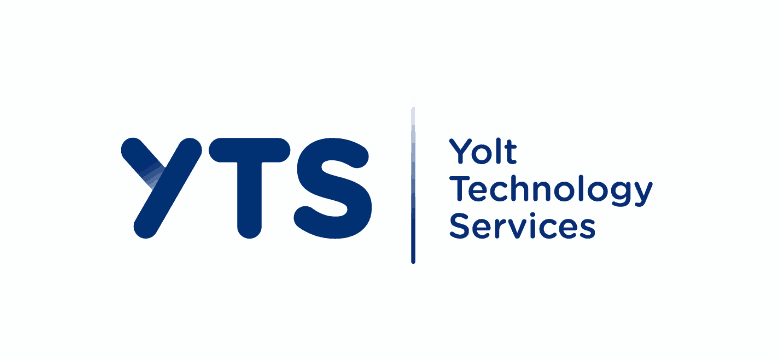
Yolt Technology Services (YTS), the leading open banking provider, has today launched their Cashflow Analyser tool, a solution powered by its Account Information Services (AIS) that gives credit underwriters deeper insights into the cashflow of credit applicants and customers to streamline and simplify affordability assessment processes.
The launch of the tool is aptly timed, when lenders are facing unprecedented demand for credit due to uncertain economic conditions and the increased risk exposure brought on by the COVID-19 pandemic. Based on open banking technology, the tool is able to give both a real time, and historic indication of affordability, based on transactional data – presenting a unique solution to those businesses who may have experienced fluctuating sales and revenue due to the impact of Covid-19 and therefore deemed not eligible for various forms of credit.
With no integration period or technical input required, lenders can access the off the shelf, white labelled solution quickly and smoothly through the YTS Cashflow Analyser portal to complete immediate affordability checks. Within their own branded portal, lenders can send the affordability test across to an applicant, which, within minutes, provides a full report of up to 18 months’ worth of transaction data (or more on request) from customers, including incoming and outgoings.
As a result, this saves both the lender and customer valuable time, eradicating the need for downloading and sending historical bank statements. Lenders can make more informed and faster affordability assessments whilst improving the user experience for customers who are able to enjoy a much quicker response to their application.
Lenders’ applicants will benefit from bank-grade security and retain full control over their personal data through the Cashflow Analyser, with opt out options to sharing transaction data at the beginning of the affordability assessment process as well as once they’ve received a copy of the transaction data review.
The YTS Cashflow Analyser also eliminates the risk of fraud in the transfer of financially sensitive data, with no possibility to adjust it. With many lenders’ risk weightings under stress, the Cashflow Analyser also provides flexibility to lenders, with the solution allowing them to keep complete control over their risk decision-making and modelling.
Leon Muis, Chief Business Officer at Yolt Technology Services, comments:
“The COVID-19 pandemic continues to present huge challenges for UK lenders and SMEs alike, with surges in demand for credit, coupled with skewed data when it comes to affordability assessments. Our AIS-powered Cashflow Analyser is a huge evolution of the traditional affordability assessment process, which has needed an injection of innovation for some time, to enable lenders to make faster and better informed decisions and customers to ultimately benefit. Consent is at the heart of the Cashflow Analyser, with applicants able to opt-out of sharing their data with a lender or leasing agent, whilst those who are happy to proceed will spend less time waiting for a credit decision.
“Our AIS services have already delivered value in other areas of the lending market, so the Cashflow Analyser is another step to helping to support the COVID-19 recovery and maximise the potential of open banking across financial services.”
UK businesses can view more information and apply for a free trial on the YTS website here.
Related News

Marcus Sehr
Head of Treasury Services Europe at BNY Mellon
As financial institutions become increasingly digitised, new ways are being created to make data rapidly available, whenever and wherever needed. see more
- 09:00 am

Tinkoff Investments has launched Tinkoff InvestIndex, a set of indices that represent Russian investors’ activity and sentiment. Tinkoff InvestIndex shows what securities investors are buying or selling, what industries they favour, and what currencies they are holding. The Index is based on anonymous data collected from more than a million investors registered on Tinkoff Investments’ Pulse social network.
The project consists of several indicators that track Russian investors’ market activity and sentiment.
Tinkoff InvestIndex represents, on a 100-point scale, the overall sentiment of Russian investors trading on the Moscow and Saint Petersburg Exchanges over the last month, revealing the extent to which investors have confidence in market growth or decline in that period. In general, the index shows the changes for both stock exchanges for a period of one week.
Tinkoff InvestIndex dynamics show how much investors are increasing or decreasing their positions by, and in doing so highlights bullish, or bearish, trends.
The Trading Activity Index shows how actively investors are trading securities.
Tinkoff InvestIndex by Industry reveals changes in investor behaviour toward securities from the 10 largest industries against the S&P index and the MOEX index.
Tinkoff InvestIndex for USD shows the extent to which investors are increasing or decreasing their holdings of USD.
The Top Buy and Sell Leaders index reveals the stocks which investors have most drastically increased or decreased their positions in over the course of a day, week, month, or year.
Dmitry Panchenko, CEO of Tinkoff Investments:
“Tinkoff Investments is a leading Russian broker, so our customers’ activity is an accurate barometer of market sentiment. We have taken anonymous data on the trading activity of our customers and extrapolated it to gain insights into the entire market and enable us to assess prevailing trends. We have developed a universal service and hope that Tinkoff InvestIndex will be useful for both beginner investors and experts, in particular, for media reporters who will now be able to use this data for professional purposes.”
Tinkoff InvestIndex Dynamics
Tinkoff InvestIndex Dynamics
This index reveals the extent to which investors have increased or decreased their market positions.
A value on the right axis higher than 50 indicates bullish trends, while a lower value indicates bearish trends.
How to compute the index
MOEX SPSE Month Half year Year
1 Jun 3 Aug 1 Oct 1 Dec 1 Feb 1 Apr
This indicator shows the extent to which investors are increasing or decreasing their positions, and therefore indicates bullish, or bearish, market trends.
The data can be viewed for a month, six months or a year, for MOEX and SPSE, and compared with IMOEX, or the S&P 500.
For example, the graph above reveals that, in November 2020, investor interest in Russian stocks decreased sharply (red section). This may have been due to the US presidential elections, the results of which were unfolding in the first week of November. Joe Biden’s victory increased not only the risk of sanctions but also a broader deterioration in US-Russian relations.
In April, investor sentiment towards the Russian market improved thanks to Russian companies releasing sufficiently strong results statements, stocks in extractive industries performing well, and the public becoming increasingly confident in economic recovery.
Trading Activity Index
Trading Activity Index
Shows how actively investors have traded in comparison to average activity
How to compute the index
MOEX SPSE Month Half year Year
1 Jun 3 Aug 1 Oct 1 Dec 1 Feb 1 Apr
This index shows how actively investors are trading against standard indicators. The indicator data can be viewed for a month, six months, or a year, for MOEX and SPSE, and compared with IMOEX, or the S&P 500.
The index shows spikes on the Saint Petersburg Exchange due to heightened volatility in US stock exchanges. For example, in June 2020, Russian investors reacted to the growth of airline stocks, and in February 2021, to the hype around Gamestop. We can also see that trading volumes are now decreasing on both stock exchanges, which is a result of both economic recovery efforts, the lifting of quarantine restrictions (people are now spending more time walking, visiting restaurants and watching movies, and therefore have less time to trade), and a general decline in market volatility.
Buy and Sell Leaders
This indicator reveals the securities which investors have most drastically altered their position in (either positively or negatively) over the course of a day, week, month, or year, on the Moscow and Saint Petersburg Exchanges.
The Top 5 most popular Russian and foreign securities of the past year are as follows:
Buy and Sell Leaders
Stocks which investors have increased or decreased their positions in the most
Aeroflot
SberBank
Gazprom
MTS
Magnitogorsk Iron & Steel Works
Buy and Sell Leaders
Stocks in which investors have increased or decreased their positions in the most
MOEX SPSE Day Week Month Year 18 May 2020 to 5 May 2021
Increased number of owners
Among these leading stocks is a retail investor favourite – Apple, the world’s largest technology company. Many people have also invested in Pfizer over the past year, hoping to profit from the success of its coronavirus vaccine and earn good dividends. Meanwhile, Alibaba made it into the top list despite its stock dropping in price due to antitrust proceedings in China, revealing that mass investors perceived this fall as a good point of entry for holding the stock long-term.
The most popular Russian securities of the past year were Sberbank and Aeroflot, which investors have relied upon to recover from the pandemic. Many people are also attracted by the high dividends paid out by Russian companies, which explains the investor interest in MTS and metals companies for which 2021 will be a peak year.
Tinkoff InvestIndex by Industry
Tinkoff InvestIndex by Industry
Shows how much investors increased or decreased their positions by in specific industries
6 May 1 Jul 1 Sep 2 Nov 4 Jan 1 Mar 3 May
Finances Consumer goods Healthcare Energy Raw Materials Engineering and Transport
Telecommunications Oil and Gas Construction S&P 500 MOEX Index
This indicator tracks how much investors have increased or decreased their positions by in the 10 largest industries, and compares this data with the S&P index and the MOEX index.
According to the index, investor demand for financial and engineering companies has been growing in recent months, however, investor interest in healthcare, raw materials, and IT has decreased. At the end of April, investors were particularly active in selling technology company stocks as they considered them overvalued, with even strong financial statements proving insufficient to reverse this trend. The NASDAQ index corrected in May, and it appears investors are now trying to buy back stocks.
Tinkoff InvestIndex for USD
Tinkoff InvestIndex for USD
Shows how much investors increase or decrease their holdings of USD by
1 Jun 3 Aug 1 Oct 1 Dec 1 Feb 1 Apr
Dollar index Dollar exchange rate
The index shows how much investors have increased or decreased their holdings of USD by.
The above data shows that in October 2020, the surge in the USD/RUB FX rate forced investors to reduce their holdings in dollars to benefit from the favourable rate (highlighted in the yellow section). In April 2021, this situation occurred once more amid growing geopolitical tensions and a rise in the value of the dollar. This is in line with rational investor behaviour, with investors looking to increase their overall portfolio returns.

